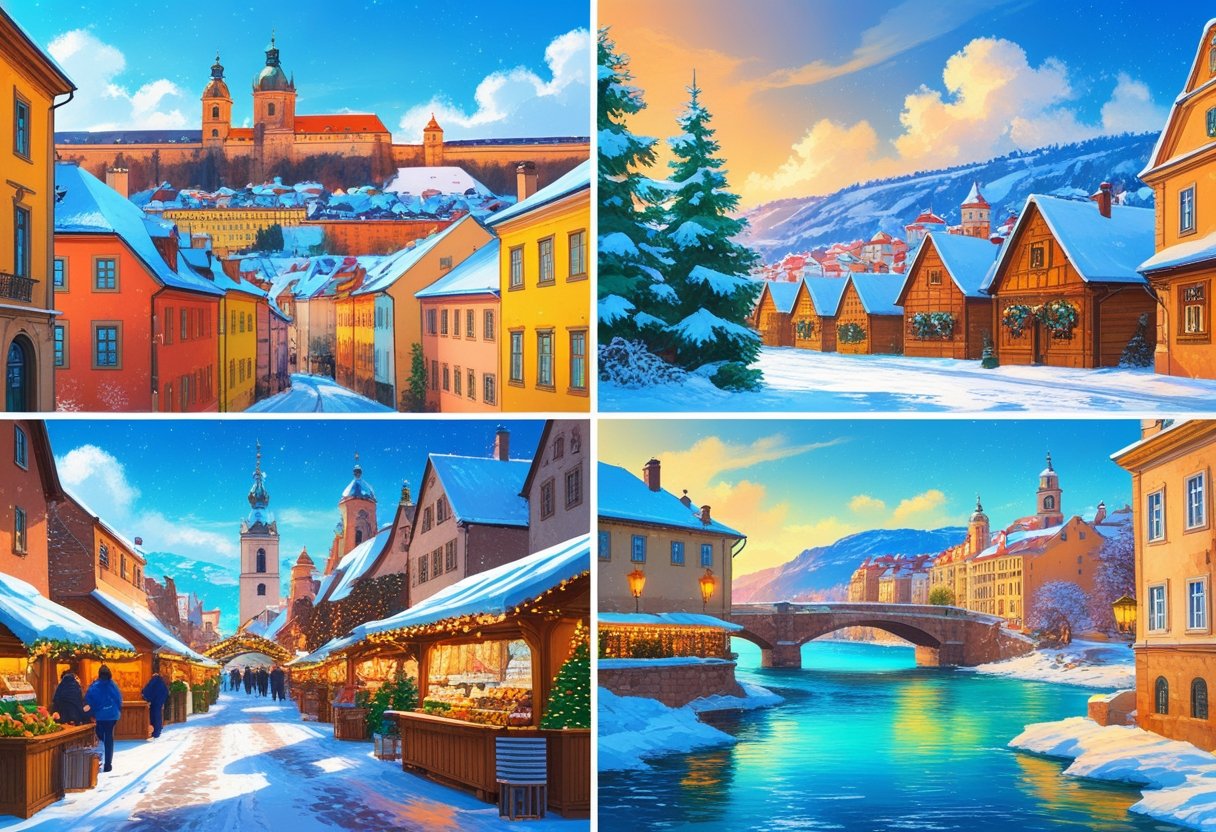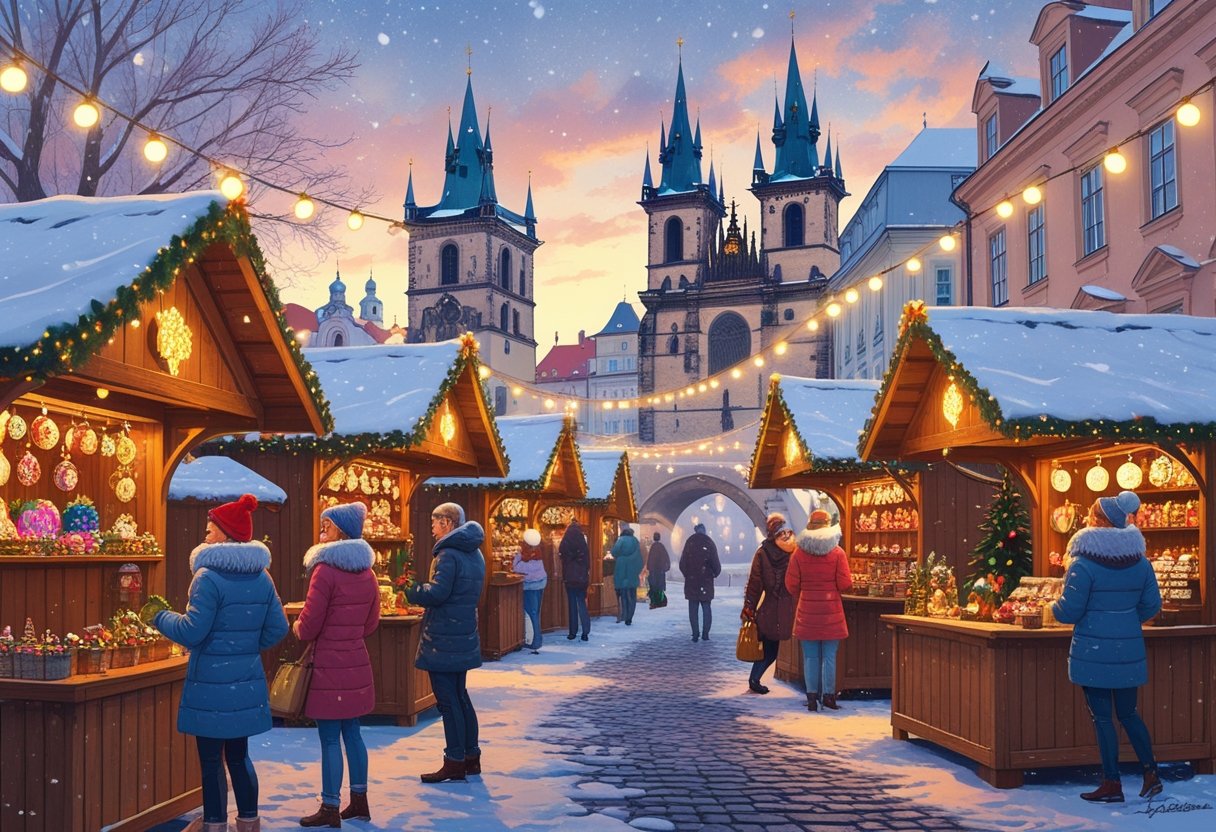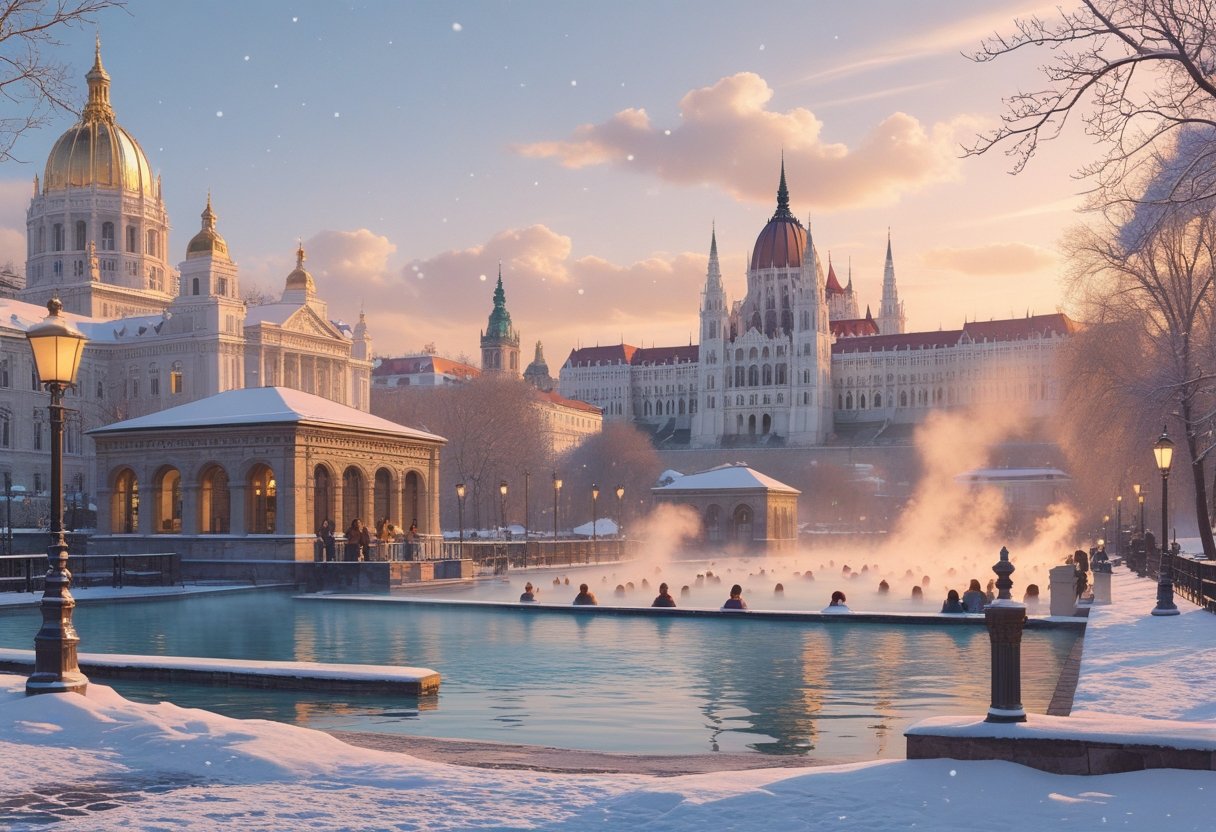Winter in Europe usually means lower prices and smaller crowds. The off-peak season runs from November to March, and it's honestly the best-kept secret for snagging deals.
Key Advantages of Traveling in Winter
Let's be real: the main perk is saving money. Flights and hotels often drop by 30-50% compared to summer highs.
Attractions have shorter lines, so you can wander museums and landmarks without wasting half your day in a queue. Off-season destinations let you experience local life, too—restaurants and shops cater to residents, not just tourists.
Christmas
markets in Central and Eastern Europe pop up from late November, adding
a festive layer to city trips. If you're into skiing, the Alps are at
their peak between December and March.
Some
cities—Prague, Budapest, Krakow—look ridiculously beautiful under a
blanket of snow. If you love photography, it's kind of a dream.
Typical Weather Trends Across Europe
Weather's
all over the place, honestly. Down south, like Portugal's Algarve or
the Canary Islands, you might see 15-20°C (59-68°F) most days.
Rome,
Athens, and Barcelona hover around 10-15°C (50-59°F), with a bit of
rain here and there. Central Europe—think Prague, Vienna, Budapest—gets
colder, usually between -2 and 5°C (28-41°F), and snow isn't rare.
Go north and you'll need your thickest coat. Cities like Stockholm and Oslo dip below freezing, sometimes down to -5°C (23°F).
Days
get shorter, too. Up north, you might only get six or seven hours of
daylight in December, while southern spots enjoy closer to ten. It's
worth planning for indoor activities and making the most of those early
sunsets—Christmas markets look even better after dark, anyway.
Tips for Saving Money on a European Winter Holiday
If you're hoping to save, stick with budget accommodations,
use local buses and trains, and try to book when deals pop up. It's all
about stretching your budget without sacrificing the experience—Europe
in winter really can deliver both.
Budget Accommodation Options
Hostels
are still one of the cheapest ways to stay in European cities when
winter rolls around. You'll usually find both private rooms and classic
dorm-style bunks, so there's a bit of something for everyone's budget
and comfort level.
Apartment rentals—think Airbnb and
similar sites—can end up costing less than hotels, especially if you're
sticking around for a week or more. You get a kitchen, so you can whip
up your own meals and skip pricey restaurant tabs. Budget-friendly European cities like Sofia and Krakow have some seriously wallet-friendly rentals if you poke around a bit.
Guesthouses
and small, family-run pensions give you another solid budget option.
These places usually ask for less than big hotel chains and, honestly,
you'll probably get more local flavor and some personal tips from your
hosts. In winter, fewer travelers mean you might even be able to haggle a
bit if you're staying longer.
Affordable Local Transportation
If
you plan to use public transport, grab a multi-day pass—those save a
bunch over single tickets. Most cities bundle buses, trams, and metros
into one discounted deal, which is handy.
Honestly,
just walking around is free, and a lot of European city centers are
built for it. Just don't forget decent shoes, because icy cobblestones
aren't fun for anyone.
Regional train passes can make
hopping between cities much cheaper, especially if you book ahead. Some
countries roll out special winter rail deals, which is always worth
checking. If you're really pinching pennies, bus companies like FlixBus
or BlaBlaCar connect most major cities for a fraction of train prices.
Finding Winter Travel Deals
Book
your flights during those off-peak winter weeks—you'll usually snag the
lowest airfares that way. January through early March tends to bring
down prices, unless you're looking at the holidays around Christmas and
New Year.
Affordable winter destinations in Europe
often drop accommodation rates and restaurant prices when it gets
really cold. If you're up for braving the chill, you can take advantage
of these seasonal deals—some places really want to lure in winter
visitors.
Sometimes, booking a package with flights
and hotels bundled together just makes more sense (and saves a bit of
cash). Tour operators put together winter packages that might toss in
perks like airport transfers or attraction tickets.
Set
price alerts on booking platforms, too. Flash sales and limited-time
promos pop up all winter, and you never know when you'll catch a
surprisingly good deal.








